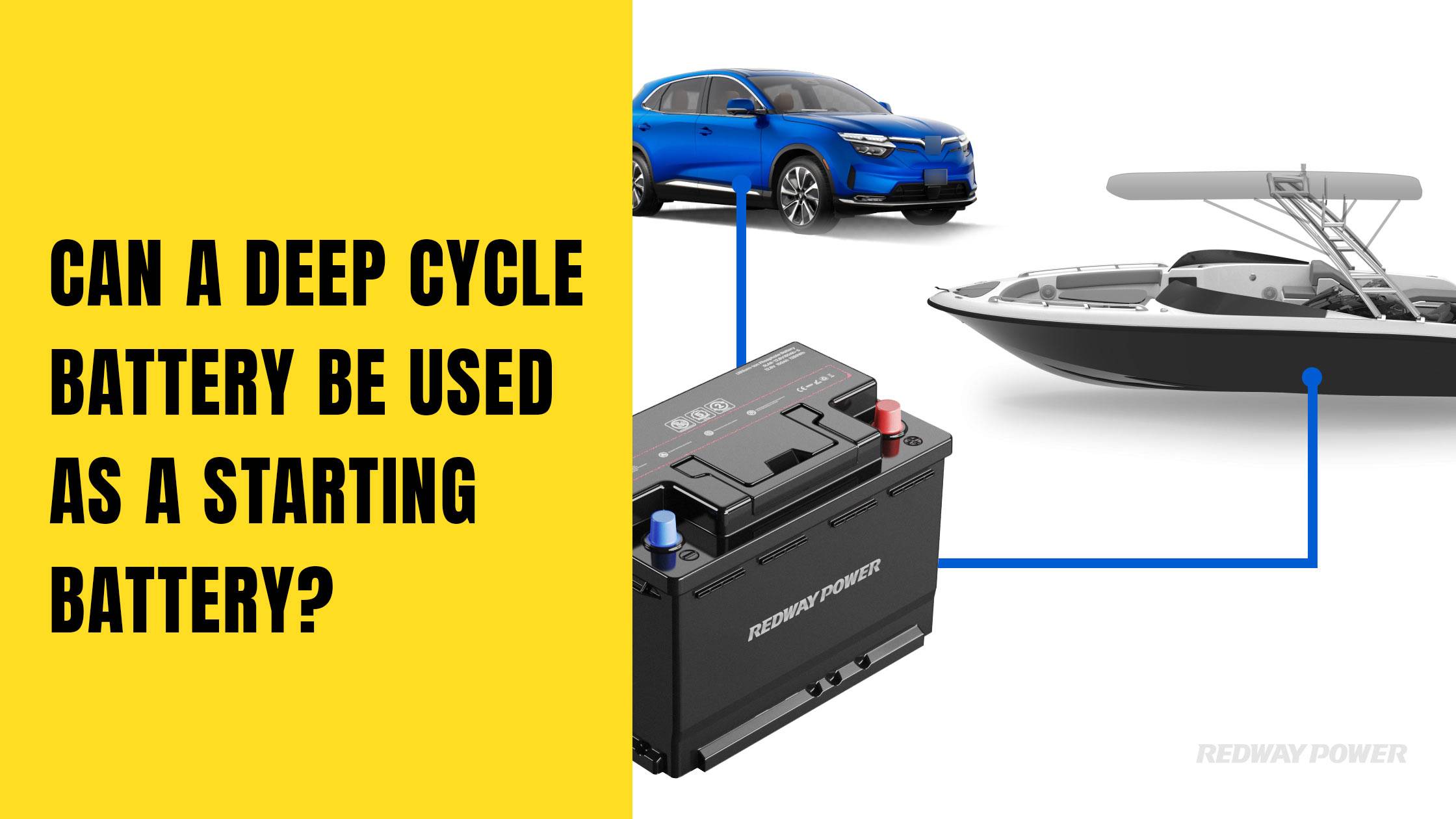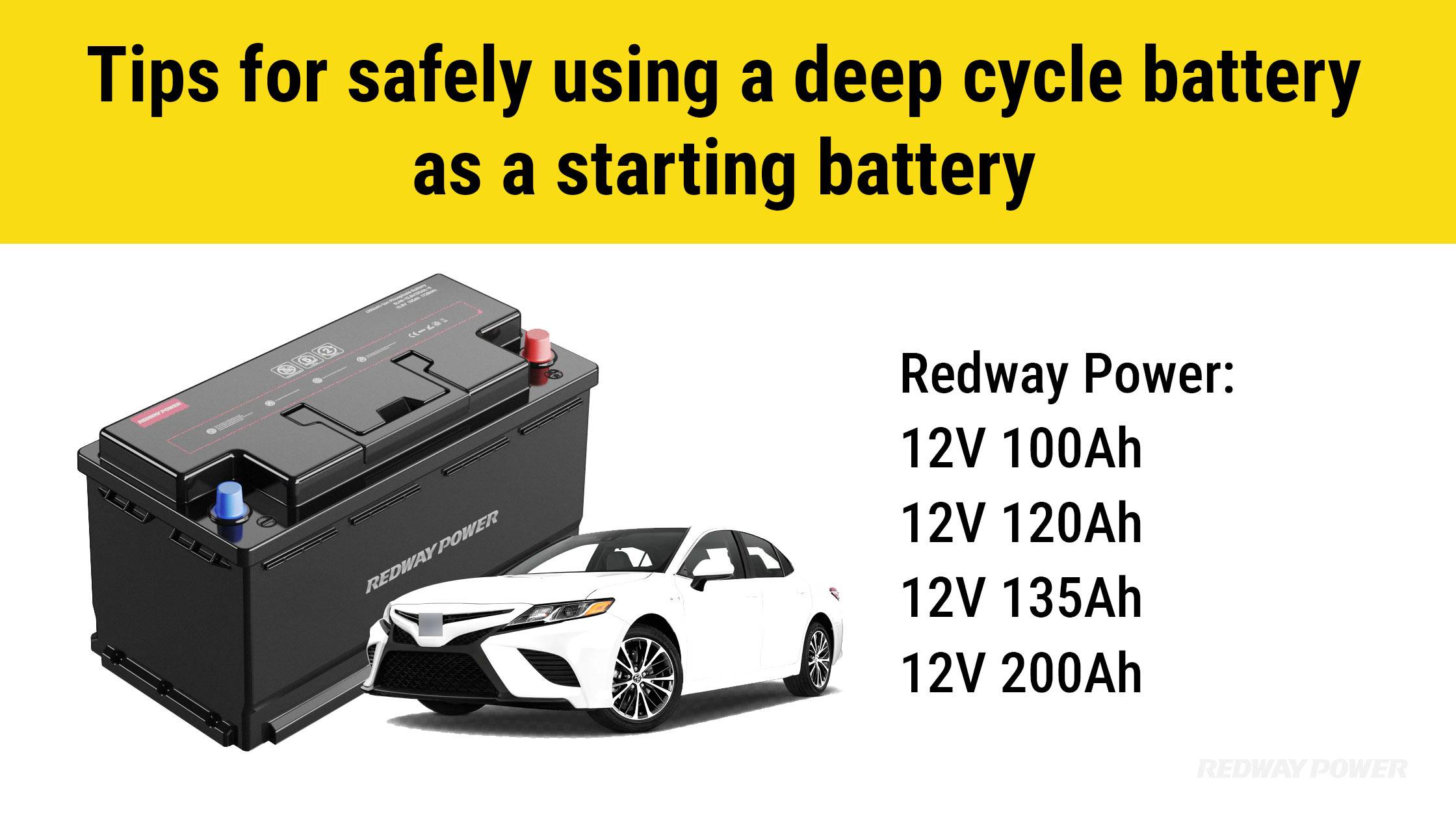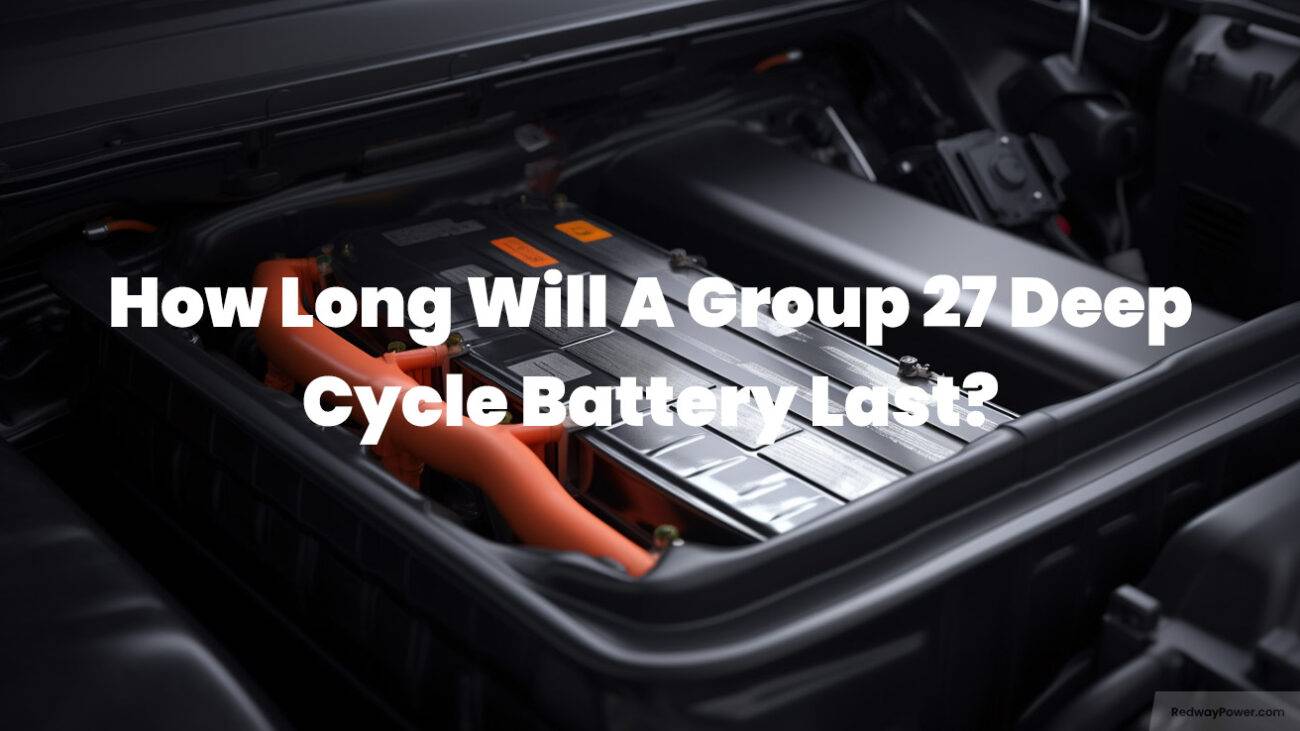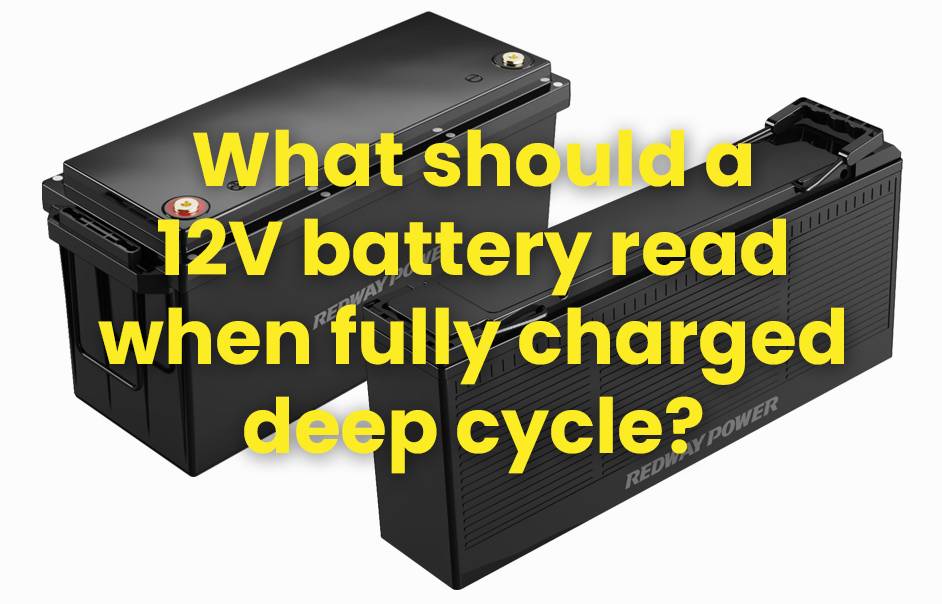- Lithium Golf Cart Battery
- Forklift Lithium Battery
-
48V
- 48V 210Ah
- 48V 300Ah
- 48V 420Ah (949 x 349 x 569 mm)
- 48V 420Ah (950 x 421 x 450 mm)
- 48V 456Ah
- 48V 460Ah (830 x 630 x 590 mm)
- 48V 460Ah (950 x 421 x 450 mm)
- 48V 460Ah (800 x 630 x 600 mm)
- 48V 460Ah (820 x 660 x 470 mm)
- 48V 500Ah
- 48V 560Ah (810 x 630 x 600 mm)
- 48V 560Ah (950 x 592 x 450 mm)
- 48V 600Ah
- 48V 630Ah
-
48V
- 12V Lithium Battery
12V 150Ah Lithium RV Battery
Bluetooth App | BCI Group 31
LiFePO4 Lithium
Discharge Temperature -20°C ~ 65°C
Fast Charger 14.6V 50A
Solar MPPT Charging - 24V Lithium Battery
- 36V Lithium Battery
- 48V Lithium Battery
-
48V LiFePO4 Battery
- 48V 50Ah
- 48V 50Ah (for Golf Carts)
- 48V 60Ah (8D)
- 48V 100Ah (8D)
- 48V 100Ah
- 48V 100Ah (Discharge 100A for Golf Carts)
- 48V 100Ah (Discharge 150A for Golf Carts)
- 48V 100Ah (Discharge 200A for Golf Carts)
- 48V 150Ah (for Golf Carts)
- 48V 160Ah (Discharge 100A for Golf Carts)
- 48V 160Ah (Discharge 160A for Golf Carts)
-
48V LiFePO4 Battery
- 60V Lithium Battery
-
60V LiFePO4 Battery
- 60V 20Ah
- 60V 30Ah
- 60V 50Ah
- 60V 50Ah (Small Size / Side Terminal)
- 60V 100Ah (for Electric Motocycle, Electric Scooter, LSV, AGV)
- 60V 100Ah (for Forklift, AGV, Electric Scooter, Sweeper)
- 60V 150Ah (E-Motocycle / E-Scooter / E-Tricycle / Tour LSV)
- 60V 200Ah (for Forklift, AGV, Electric Scooter, Sweeper)
-
60V LiFePO4 Battery
- 72V~96V Lithium Battery
- Rack-mounted Lithium Battery
- E-Bike Battery
- All-in-One Home-ESS
- Wall-mount Battery ESS
-
Home-ESS Lithium Battery PowerWall
- 24V 100Ah 2.4kWh PW24100-S PowerWall
- 48V 50Ah 2.4kWh PW4850-S PowerWall
- 48V 50Ah 2.56kWh PW5150-S PowerWall
- 48V 100Ah 5.12kWh PW51100-F PowerWall (IP65)
- 48V 100Ah 5.12kWh PW51100-S PowerWall
- 48V 100Ah 5.12kWh PW51100-H PowerWall
- 48V 200Ah 10kWh PW51200-H PowerWall
- 48V 300Ah 15kWh PW51300-H PowerWall
PowerWall 51.2V 100Ah LiFePO4 Lithium Battery
Highly popular in Asia and Eastern Europe.
CE Certification | Home-ESS -
Home-ESS Lithium Battery PowerWall
- Portable Power Stations
Why Can’t a Deep Cycle Battery Be Used as a Starting Battery?

Using a deep cycle battery as a starting battery is generally not recommended due to their design differences. Starting batteries provide quick bursts of high current for engine ignition, while deep cycle batteries are built for sustained power over longer periods. Understanding these distinctions can help you select the right battery for your needs.
How do deep cycle batteries differ from starting batteries?
Deep cycle and starting batteries serve different purposes based on their construction and functionality. Starting batteries, also known as cranking batteries, are designed to deliver high bursts of power for short durations, making them ideal for engine ignition. In contrast, deep cycle batteries are engineered to provide steady power over extended periods, suitable for running electrical systems.Chart: Key Differences Between Battery Types
| Feature | Starting Battery | Deep Cycle Battery |
|---|---|---|
| Design | Thin plates for high surface area | Thick plates for sustained power |
| Purpose | Quick bursts of energy | Continuous power delivery |
| Discharge capability | Shallow discharges | Deep discharges allowed |
| Lifespan | 3 to 5 years | 2 to 4 years |
What are the specific functions of starting batteries?
Starting batteries are specifically designed to start engines by delivering a high current (measured in cold cranking amps, or CCA) for a brief period. They contain many thin lead plates that increase surface area, allowing for rapid chemical reactions that produce the necessary power. This design makes them less suitable for applications requiring prolonged energy output.
How do deep cycle batteries operate for sustained power?
Deep cycle batteries operate by providing consistent energy over longer periods. They have thicker lead plates that allow them to be discharged more deeply without damage. This capability makes them ideal for powering devices like trolling motors, lights, and other electronics on boats or RVs. Unlike starting batteries, they can handle repeated cycles of discharge and recharge.
Why is it not advisable to use a deep cycle battery for starting an engine?
Using a deep cycle battery as a starting battery is not advisable because it lacks the necessary cold cranking amps required to start an engine reliably. While some users report success with this practice, it can lead to inadequate performance and potential damage to both the engine and the battery over time. Deep cycle batteries are not designed to deliver high bursts of energy quickly.Chart: Battery Performance Comparison
| Battery Type | Cold Cranking Amps (CCA) | Recommended Use |
|---|---|---|
| Starting Battery | High | Engine ignition |
| Deep Cycle Battery | Low | Sustained power applications |
What are dual-purpose batteries, and how do they fit in?
Dual-purpose batteries combine features of both starting and deep cycle batteries. They can deliver sufficient power to start an engine while also providing sustained energy for onboard electronics. These versatile options are suitable for smaller boats with less demanding engines but may not perform as well as dedicated batteries in either role.
How can I choose the right battery for my needs?
Choosing the right battery depends on your specific requirements:
- For Engine Starting: Opt for a dedicated starting battery if you need reliable ignition.
- For Sustained Power: Select a deep cycle battery if you require prolonged energy supply for devices.
- For Versatility: Consider dual-purpose batteries if your setup demands both functionalities but be aware of their limitations.
Industrial News
Recent innovations in marine battery technology have led to improved designs that enhance performance and reliability. Companies are increasingly focusing on dual-purpose solutions that cater to both starting and deep cycling needs. Additionally, advancements in lithium-ion technology promise longer lifespans and lighter weights, making them an attractive option for boaters seeking efficiency without sacrificing power.
Redway Power Expert Views
“While some may attempt to use deep cycle batteries as starting solutions, it’s essential to understand their limitations,” states an expert from Redway Power. “Dedicated starting batteries ensure reliable engine ignition, while deep cycles excel at powering onboard systems. For optimal performance and longevity, using the right type of battery is key.”




















